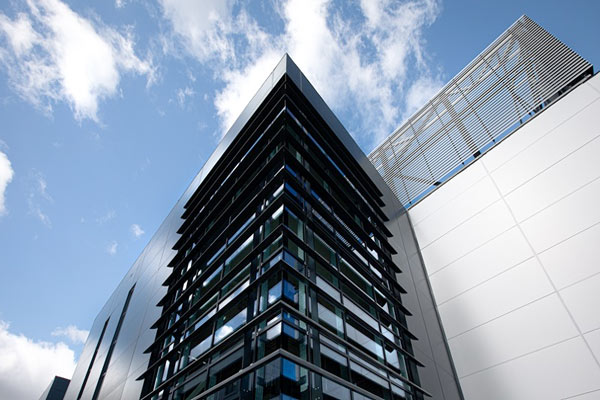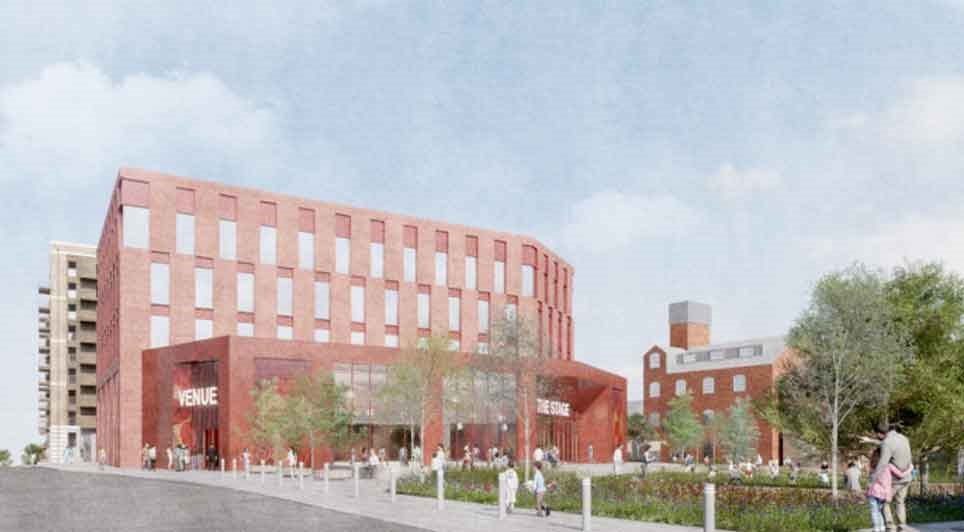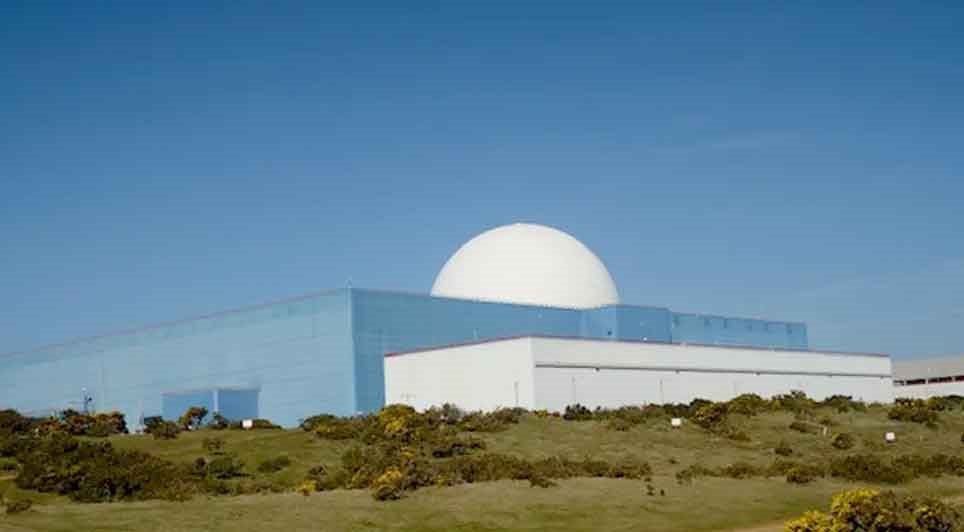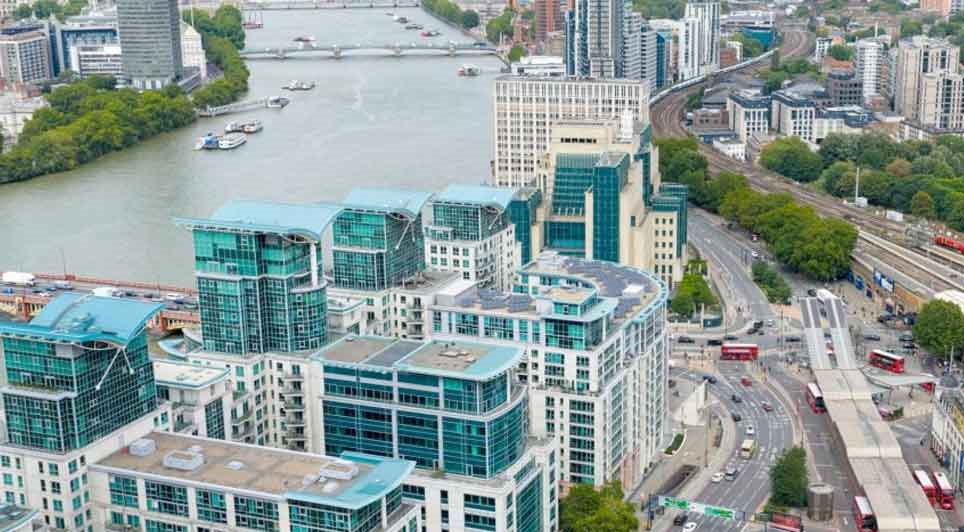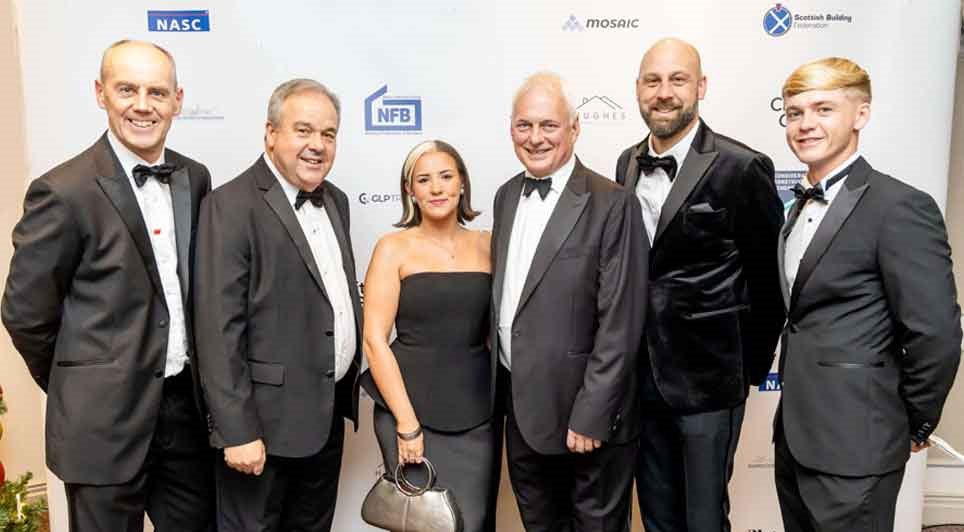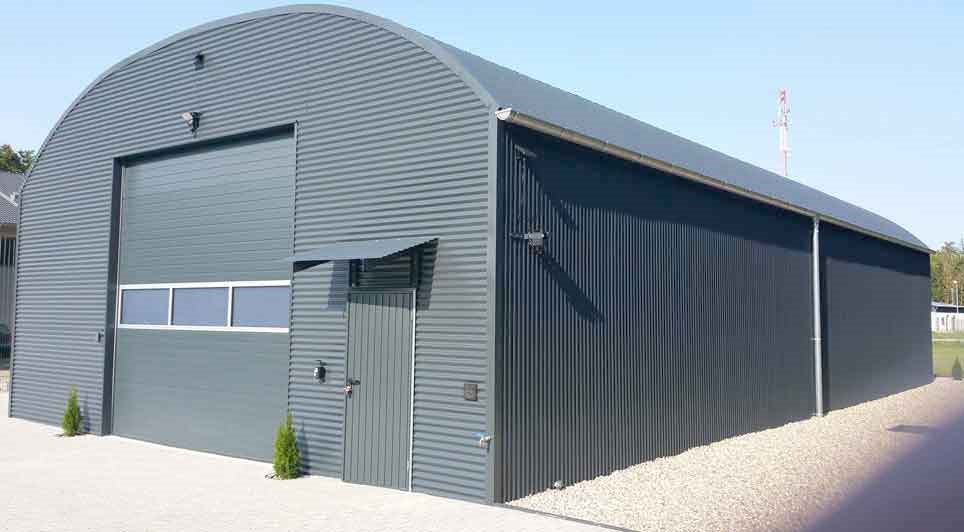Construction firm Mace has completed work on the exterior of The National Satellite Test Facility (NSTF) in Oxfordshire.
The building will house an array of specialised equipment to put spacecraft through their paces before launch. Construction partners Mace have now installed the first piece of apparatus for the vibration facility, which will test satellites to ensure that they can withstand the bumpy ride into space.
Mace is also working on the Electromagnetic Compatibility (EMC) chamber – which will offer an area free from electromagnetic background noise, where spacecraft electronics can be checked and tested.
Rob Bridges, Project Director at Mace said: "It is an honour to be leading the international multi-disciplinary team delivering the NSTF. From the first design workshop my team have been challenged to bring together a blend of technologies and innovations to design and deliver a future proofed flexible building that will not only house specialist testing equipment but is required to be integral to the testing providing a stable environment, whilst using the structure as a dynamic part of the testing process."
The suspension system, the first of the vibration equipment, has been installed on the reaction masses, the two 250 tonne blocks on which the vibration system will stand. At the NSTF, two 222 kN thrust shakers will be used to simulate the vibration of launch and test the satellite in 3 axes, the equivalent of a fully loaded 25 seater bus being strapped to the top of a jack hammer.
Alongside the vibration facility, the NSTF will offer EMC and antennae testing. This require an electrically neutral space, built into the fabric of the building. 290m2 of copper sheet have been laid into the floor of the chamber. Over the next few months this will be joined with copper wall and ceiling panels to create a copper shield that electromagnetic waves cannot pass.
 UK
UK Ireland
Ireland Scotland
Scotland London
London

